While you’re driving, it’s easy to get distracted — by your phone, the snack you're having, or the passengers in your car. But when you’re not completely focused on driving, an accident can happen in an instant. Full video transcript.
Distractions while driving can steal your attention away from safely operating your vehicle. Texting while driving, fiddling with the radio, or even having a snack while behind the wheel are all examples of distracted driving. Learn what distractions are against the law, and how to deal with a ticket for distracted driving.
What you should know
“I was in stop-and-go traffic. My phone went off. It was a text from a friend. I texted back, and traffic began moving forward. Moments later, I hit the car in front of me when I looked down to see my friend's reply. I had to pay a fine for distracted driving and a penalty points premium — all in, it was over $600! And because I caused the accident, my insurance premiums are going up too."
– Bruno, Coquitlam, BC

Distractions while driving — whether inside or outside your vehicle — are all too common. You turn to your passenger to say something. You reach down to grab your coffee cup. You glance at the radio to change the station. You notice an eye-catching billboard.
An accident can happen in an instant
All of these moments divert your attention. You’re no longer completely focused on driving. You may be slower to react to something happening before you. You may not even have time to react, because the distraction prevents you from seeing the danger.
Distracted driving, in a word, is dangerous. Take a moment to look at these statistics. Drivers are two to five times more likely to crash if they’re on their phone. Distracted driving is the number one cause of car accidents in BC. One in four fatal crashes on BC roads involve distracted driving.
Using a phone is the most dangerous type of distracted driving
Sending a text or posting to social media might seem like a good use of time while you’re stuck in traffic. You might even be tempted to check your social feed while on a quiet stretch of highway. Consider this, though: if you take your eyes off the road for five seconds while travelling at highway speed, you’ll have gone the length of a football field. That’s a lot of road to miss. Your phone gobbles your attention like nothing else. That’s why using it while driving is so dangerous — and illegal.
Under BC law, a driver “must not use an electronic device” while driving a motor vehicle. This includes a handheld cellphone. (It also includes other devices.) This means you can’t use a function (like pressing a button) of a handheld cellphone. Nor can you use it to make or accept calls, or to send or read texts or emails. (The only exceptions are calling police, ambulance, or fire fighters in an emergency, or if you are emergency personnel.)
Use is broadly defined
But that’s not all. The law broadly defines “use” of a device. Courts in BC have found it to include:
In these situations, you could be considered to be “using” your phone, even if the phone is off, dead, or disabled by an app.
Having your phone in a cupholder may be okay
There are some grey areas, especially if your phone is loose in the vehicle. For example, storing a phone in your cupholder or on the passenger seat might get you a ticket for distracted driving — even if the phone is off or charging. This happened to a BC driver listening to a podcast on his phone — connected to his vehicle’s sound system via Bluetooth and resting in a cupholder. The driver challenged the ticket and the court found that he wasn’t “using” his phone.
Still, your best bet is to store your phone away in the glove compartment or centre console. Or, secure your phone to your vehicle with an ICBC-approved phone mount.
If you want to go further
You can look at what BC courts have ruled in distracted driving cases.
The only absolutely safe way to make a call in your car is if you’re pulled over and parked. But if you must use your phone while driving, the law says it must be in hands-free mode. That is, you can make calls, play music, and use GPS through your phone as long as:
it’s securely attached to the vehicle or to your body,
it’s not blocking your vision,
you can operate the phone with your voice or with only one touch to accept or end calls, and
you can reach the phone from the driver’s seat.
If you’re playing music through your phone, the sound must come from your vehicle’s speakers. Or else from one earpiece if you’re using earphones. (Unless you're a motorcyclist.)
If you’re an N or L driver, you’re not allowed to use any electronic devices at all — even if they are hands-free — except to make an emergency call to 911.
Phone use is the biggest no-no. But there are other types of distracted driving. Some of these offences are easier to prove than others. Police would be hard-pressed to ticket you for reading a billboard, or getting swept up in an audio book. But brushing your teeth or hair, reading, smoking or vaping, having your pet on your lap, and talking to others in your car can all count as distracted driving.
The police can even pull you over for eating and drinking, especially if they believe you’re unable to drive safely. In one BC case, for example, a driver was fined and given driver penalty points for eating noodles with chopsticks while driving.
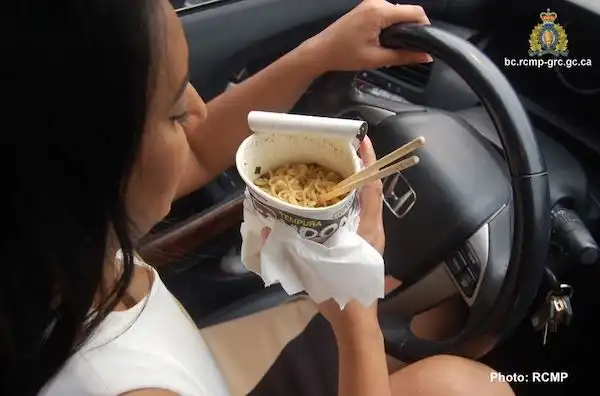
Distractions come in many forms. For your safety — and others’ — it’s important to stay focused on the road.
Police catch distracted drivers in a number of ways. They may, for example, spot you on your phone with their binoculars. Or maybe they’re dressed as one of those construction workers at the intersection you’ve been waiting to get through. Or maybe they’re seated in the vehicle next to yours, stopped at a red light, watching you type that quick text.
If you're caught distracted driving, the police will give you a violation ticket with a fine of $368, along with four driver penalty points. Driver penalty points go on your driving record.
Those penalty points mean higher insurance costs. When you have four or more driver penalty points in the previous year, ICBC charges you a driver penalty point premium. This gets added to your vehicle insurance premium you already pay. It starts at $252 for four points and increases for every point you accumulate, up to $34,560(!) for 50 or more points.
The result is that, all in, a first-time distracted driving ticket will cost you over $600.
If you get a second ticket within three years, it can cost you more than three times this amount in fines and penalties. You could also be prohibited from driving. ICBC’s website lists the fines and points for BC traffic offences. It also lists all the driver penalty point premiums.
Driver risk premium
Each year, ICBC looks at your record of driver penalty points. You may have to pay yet another insurance premium — a driver risk premium — for serious or repeated distracted driving convictions. This is on top of the distracted driving fine and the driver penalty point premium. See the ICBC website for a list of the driver risk premiums payable for more serious offences.
Work out the problem
Here are the steps you can take:
Step 1. Read the ticket and make notes
Step 2. Decide what action to take
Step 3. Pay the ticket, if you agree with it
Step 4. Dispute the ticket, if you disagree with it
Step 5. Prepare to go to court, if necessary
Step 6. Attend the hearing, if necessary
We unpack these steps here, and offer more tips and guidance on what to do if you get a traffic ticket.
When you get a distracted driving traffic ticket, it’s important to deal with it right away. (You don’t want to forget about it.) Start by reading the ticket (front and back) carefully. Pay attention to the time limits set out for paying or disputing it.
After you’ve read the ticket, it’s helpful to:
Make some notes about the situation, especially anything you and the police officer said to each other. For example, did the officer tell you they saw you using your phone? Did you tell the officer you were using your phone?
Take photos as soon as you can (while you're safely parked, of course, or when you get home). For example, you or a passenger can take a photo of where your phone was at the time you got the ticket.
Ask any passengers in the vehicle to write down what they saw and heard.
Stay organized. Keep your ticket, your notes, and all your evidence in one place, like in a file folder or on your phone or computer.
Once you’ve read the ticket and made some notes, you’ll need to make a decision. You can:
pay the ticket amount,
fight the ticket, or
do nothing.
If you agree to pay the ticket (or if you dispute the ticket but the court finds you guilty of the offence), you’ll have to pay a fine. And you could end up with driver penalty points on your driving record.
If you don’t pay or fight the ticket within 30 days, you’ll be treated as if you’ve pled guilty. So while you may not want to deal with the ticket, not doing anything about it may result in more problems.
If you decide you agree with the ticket, it’s the same as pleading guilty. That is, you agree you broke the law and will pay the fine (plus any driver penalty point premium, if applicable). You won’t have to go to court. But you’ll be convicted of the driving offence and the ticket will be listed on your driving record.
You have to pay the ticket amount within 30 days of the violation date. The good news is that most tickets over $58 are reduced by $25 if you pay them in full within 30 days.
The back of the traffic ticket has details about how to pay it. As well, ICBC’s website explains how to pay a ticket. You can also see our page on what to do if you get a traffic ticket.
You may decide to dispute your ticket if you believe it’s unfair and disagree with the charge. Many who receive distracted driving tickets do go on to dispute them. Some have been successful, depending on their situation, their legal defence, and whether or not they have a lawyer.
You can also dispute the ticket if you agree with the charge but want to pay less or want more time to pay.
Either way, you must file your dispute within 30 days of the date of the violation ticket.
You can file your dispute in person or by mail. The back of the traffic ticket will have details. You can also visit ICBC’s page on how to dispute a ticket, or our page on what to do if you get a traffic ticket.
It may take many months, but the court will mail you a notice of hearing with its date and location. In the meantime, you can get ready for your hearing.
Here are some things you can do to strengthen your position:
Review your notes and any photos you took after you got the ticket.
Send a written request to the police officer (named on the ticket) for a copy of all the information they have about the offence, including their notes and any photos or videos. Ask for the names of the witnesses who will be attending the hearing.
Think about your legal defence(s). Take a moment to look up the law. This can help you to understand the parts of the offence and figure out what defence to put forward in your case. The most typical defence is that you didn’t do what the ticket says you did.
Prepare questions you want to ask the officer and any other witnesses.
Make three copies of any photos or other documents you want the court to consider.
Keep all your documents, evidence, and any printouts of the law together in one place, like a file folder or tabbed binder.
On the court date, you have to attend court (or have someone attend on your behalf) at the time and location set out in the hearing notice.
Your hearing will be heard by a judicial justice. At the hearing, the officer and any other witnesses will tell the court what they saw. You can ask the officer and their witnesses questions. You’ll also have a chance to say what happened.
After both sides have presented their case, the justice will decide whether you’re guilty or not. If you’re found guilty, the justice will give you a penalty, usually a fine. In more serious cases, they may order you not to drive for a period of time.
You can learn more about traffic ticket hearings from the Provincial Court website.
Common questions
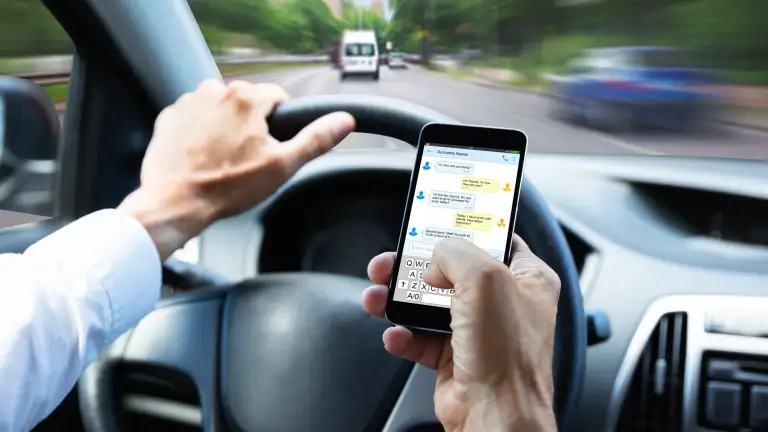
On my morning commute, I sometimes send a one-word text to a friend. This doesn't count as distracted driving, does it?
The law says you “must not use an electronic device while driving or operating a motor vehicle.” An electronic device includes a handheld cellphone. This means that using your phone such as by placing or accepting a call or checking an email or text message, even when stopped at a red light, is against the law.
There is an exception, however. If your phone is secured to your vehicle or to your body and you use it in hands-free mode, you may be able to check your text messages and emails as long as you don’t touch or hold your phone. Despite this, it’s best to leave your phone alone when driving.
The police and ICBC have tips to help avoid distracted driving — especially cellphone use. They recommend securely mounting your phone to the vehicle and:
setting the radio or starting your playlist before driving
pre-programming your route on your GPS before driving and setting it to audio through the car speakers
using Bluetooth or other wireless, hands-free technology
using the “Do Not Disturb While Driving” feature on iOS devices, “In-Traffic Reply” on Samsung phones, or other similar app
The safest thing to do is to leave your phone — and any other devices — alone while you’re driving, whether hands-free or not. If you can, turn them off and put them out of reach and out of sight before you drive. Or ask your passenger to make or receive calls and texts for you.
Who can help

Violation Ticket Centre
BC government office explains how to pay or dispute a provincial traffic ticket.
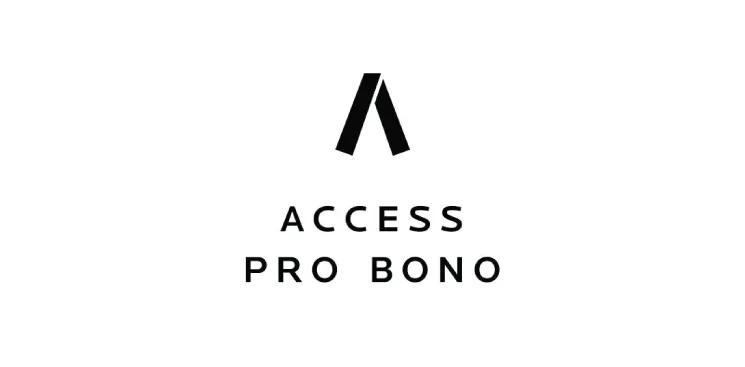
Access Pro Bono's Legal Advice Clinics
Volunteer lawyers provide 30 minutes of free legal advice to people with low or modest income.
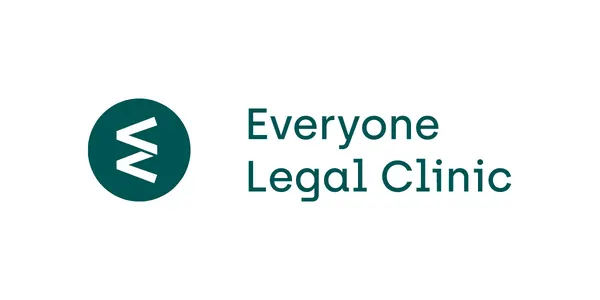
Access Pro Bono’s Everyone Legal Clinic
Clinicians provide affordable fixed-fee services on a range of everyday legal problems.

BC Legal Referral Service
Helps you connect with a lawyer, notary or paralegal for a free 15- to 30-minute consult to see if you want to hire them.
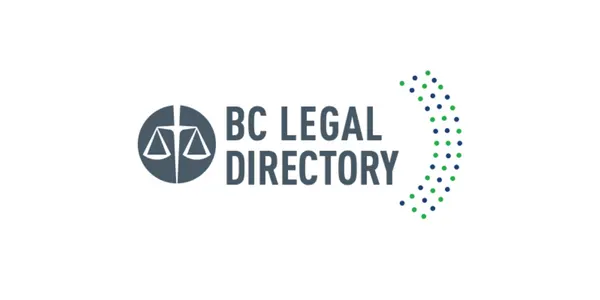
BC Legal Directory
Search for a lawyer by community, area of law, or language spoken. From the Canadian Bar Association, BC Branch.



